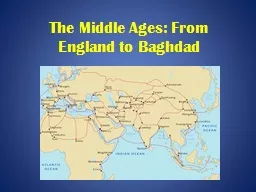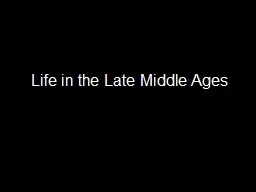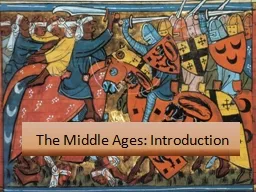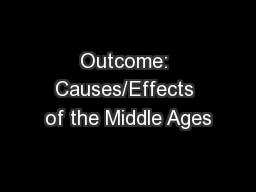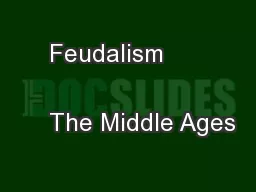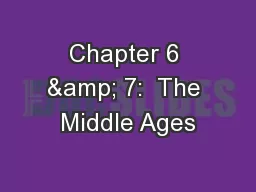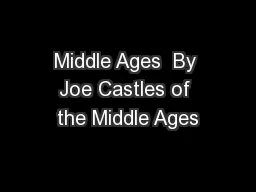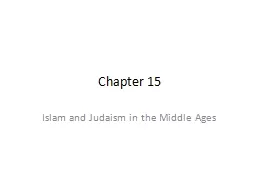PPT-The Middle Ages: From England to Baghdad
Author : olivia-moreira | Published Date : 2017-09-24
Baghdad today Baghdad in the Middle Ages From England to Baghdad Travel was much slower in the Middle Ages but people still went everywhere Merchants searched far
Presentation Embed Code
Download Presentation
Download Presentation The PPT/PDF document "The Middle Ages: From England to Baghdad" is the property of its rightful owner. Permission is granted to download and print the materials on this website for personal, non-commercial use only, and to display it on your personal computer provided you do not modify the materials and that you retain all copyright notices contained in the materials. By downloading content from our website, you accept the terms of this agreement.
The Middle Ages: From England to Baghdad: Transcript
Download Rules Of Document
"The Middle Ages: From England to Baghdad"The content belongs to its owner. You may download and print it for personal use, without modification, and keep all copyright notices. By downloading, you agree to these terms.
Related Documents

